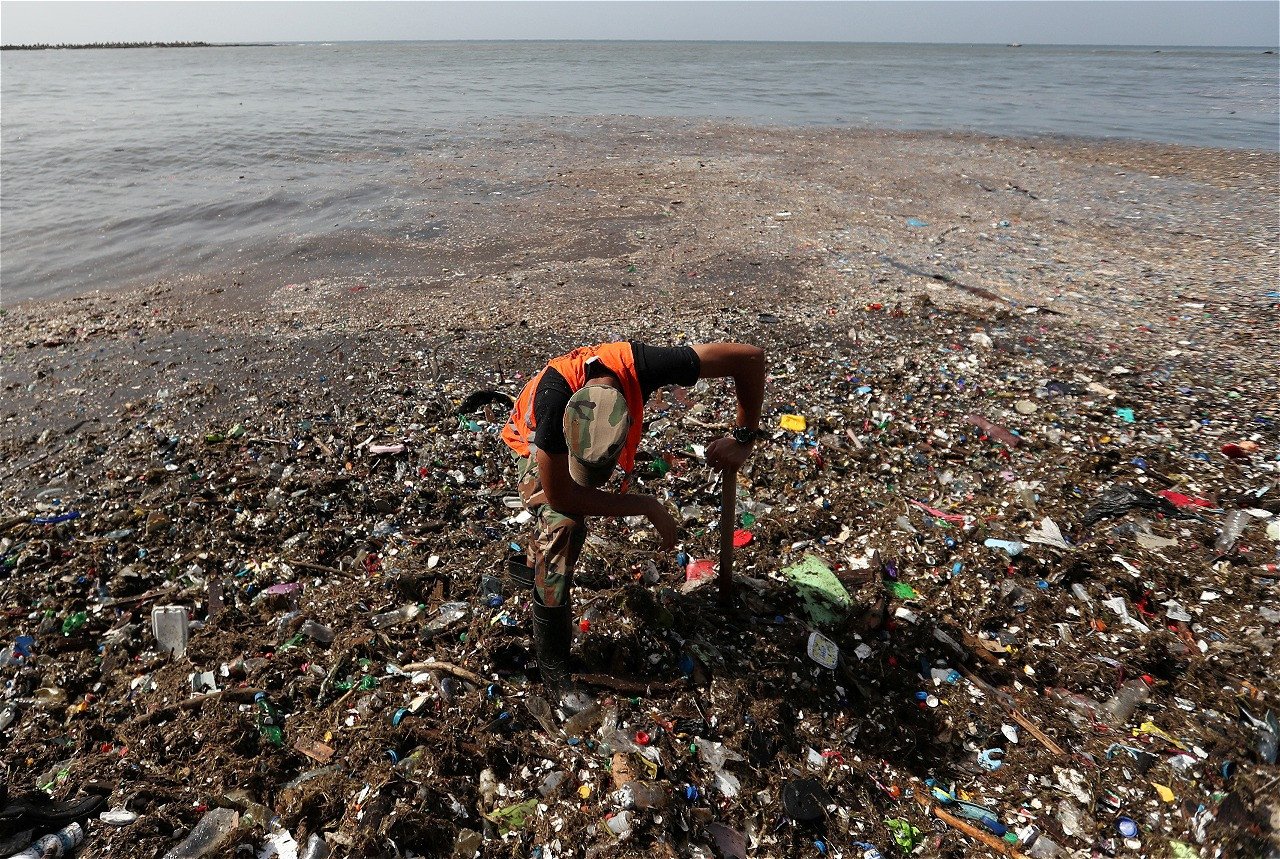At least 3,000 more chemicals are in plastics — from food packaging to toys to medical devices — than environmental agencies originally estimated, a report found Thursday, raising questions about pollution and consumer safety.
While the United Nations Environment Program (UNEP) previously identified about 13,000 plastic chemicals, a report by a team of European scientists has turned a new page, finding more than 16,000 chemicals in plastics – a quarter of which are considered hazardous. on human health and the environment.
The report, funded by the Research Council of Norway, comes as government negotiators struggle to draw up the world’s first treaty to tackle rising plastic pollution, with around 400 million tonnes of plastic waste produced each year.
“In order to robustly address plastic pollution, you really have to look at the whole life cycle of plastics and you have to deal with the problem of chemicals,” said report co-author Jane Muncke, CEO of the Swiss non-profit Food Packaging Forum.
This is because chemicals from plastics can leach into water and food.
“We now find hundreds, if not thousands, of plastic chemicals in humans, and some of them have been linked to adverse health outcomes,” Muncke said.
Such effects include fertility problems and cardiovascular disease.
“When we look at the … products we use every day, we typically find hundreds if not thousands of chemicals in individual plastic products,” said lead author Martin Wagner, an environmental toxicologist at the University of Norway. science and technology.
While the plastics industry has said that any global treaty should promote the recycling and reuse of plastics, dealing with plastic waste alone does not go far enough to protect people, the report’s authors said.
The researchers highlighted the need for more transparency about what chemicals – including additives, excipients, and impurities – go into plastics – including recycled products.
A quarter of identified chemicals lack basic information about their basic chemical identity, the report says.
“The heart of the problem is the chemical complexity of plastics,” said Wagner, who is also on the board of the Coalition of Scientists for an Effective Plastics Treaty.
“Manufacturers often don’t really know what kind of chemicals they have in their products, and that comes from very complex value chains.”
Only 6% of the chemicals found in plastics are regulated internationally. Without regulatory pressure, “there’s no incentive to disclose what’s in the plastic,” he said.
This is something that a plastics treaty could help address. Negotiations continue next month in Ottawa, Canada, to finalize the deal in December in the South Korean city of Pusan.





